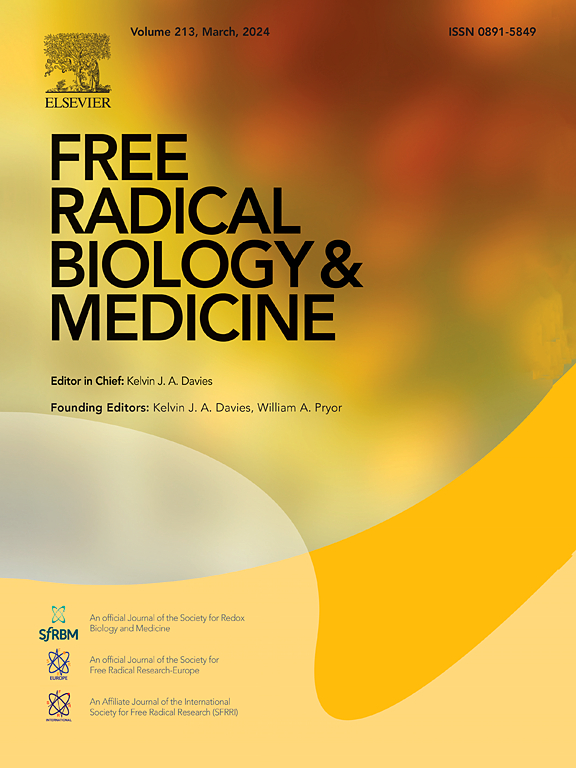Resveratrol and grape pomace extract incorporated in modified phospholipid vesicles: A potential strategy to mitigate cigarette smoke-induced oxidative stress
IF 7.1
2区 生物学
Q1 BIOCHEMISTRY & MOLECULAR BIOLOGY
引用次数: 0
Abstract
In this study, the extraction process of grape pomace from the Lebanese autochthonous cultivar Asswad Karech was enhanced through the selection of specific parameters, yielding an antioxidant extract (20 mg/mL) that was co-loaded with resveratrol (5 mg/mL) into phospholipid vesicles containing penetration enhancers (PEVs). Propylene glycol (PG) was incorporated as a penetration enhancer at concentrations of 10, 20, and 30 % to obtain 10 PG-PEVs, 20 PG-PEVs, and 30 PG-PEVs. Vesicle preparation was achieved through direct sonication, yielding unilamellar and bilamellar vesicles with an average size of ∼205; 234 nm, a monodisperse distribution (polydispersity index <0.3), and a negative surface charge (∼-54;-56 mV). The formulations containing 30 % propylene glycol exhibited long-term stability, maintaining a consistent mean diameter over 12 months at room temperature (25 °C). Upon nebulization using the Next Generation Impactor, the vesicular dispersions successfully reached the deepest stages of the impactor, mimicking deposition in the lower respiratory airways. Biocompatibility studies on A549 and CuFi-1 cell lines demonstrated that the vesicles co-loaded with grape extract and resveratrol effectively counteracted apoptosis induced by hydrogen peroxide. Furthermore, when 16HBE bronchial epithelial cells were exposed to cigarette smoke extract, vesicles containing 30 % propylene glycol inhibited reactive oxygen species (ROS) generation. These findings highlight the potential of phospholipid vesicles co-loaded with grape pomace extract and resveratrol, particularly those formulated with 30 % propylene glycol, for pulmonary administration to mitigate oxidative damage associated with cigarette smoke exposure and related respiratory diseases.

求助全文
约1分钟内获得全文
求助全文
来源期刊

Free Radical Biology and Medicine
医学-内分泌学与代谢
CiteScore
14.00
自引率
4.10%
发文量
850
审稿时长
22 days
期刊介绍:
Free Radical Biology and Medicine is a leading journal in the field of redox biology, which is the study of the role of reactive oxygen species (ROS) and other oxidizing agents in biological systems. The journal serves as a premier forum for publishing innovative and groundbreaking research that explores the redox biology of health and disease, covering a wide range of topics and disciplines. Free Radical Biology and Medicine also commissions Special Issues that highlight recent advances in both basic and clinical research, with a particular emphasis on the mechanisms underlying altered metabolism and redox signaling. These Special Issues aim to provide a focused platform for the latest research in the field, fostering collaboration and knowledge exchange among researchers and clinicians.
 求助内容:
求助内容: 应助结果提醒方式:
应助结果提醒方式:


